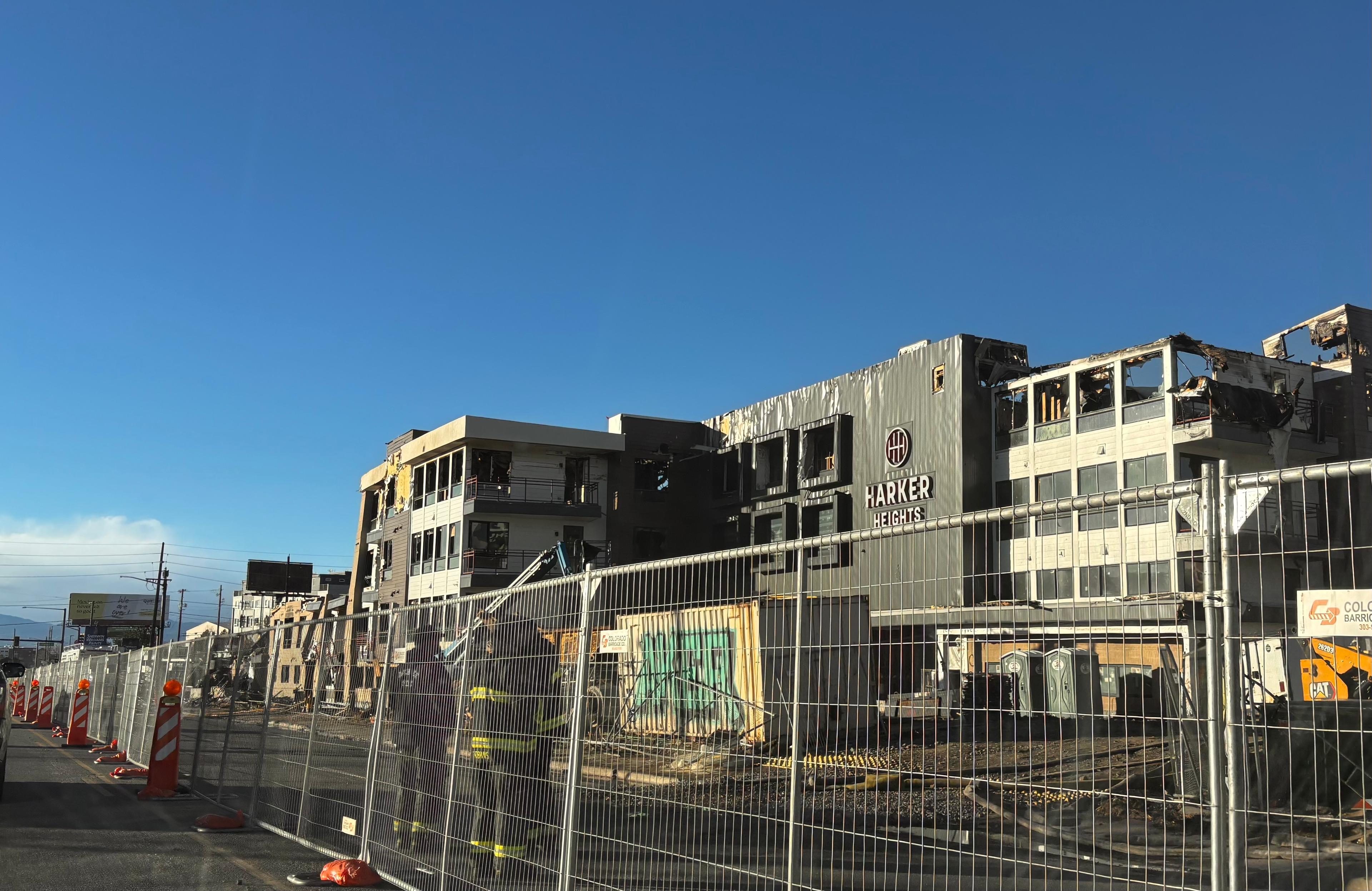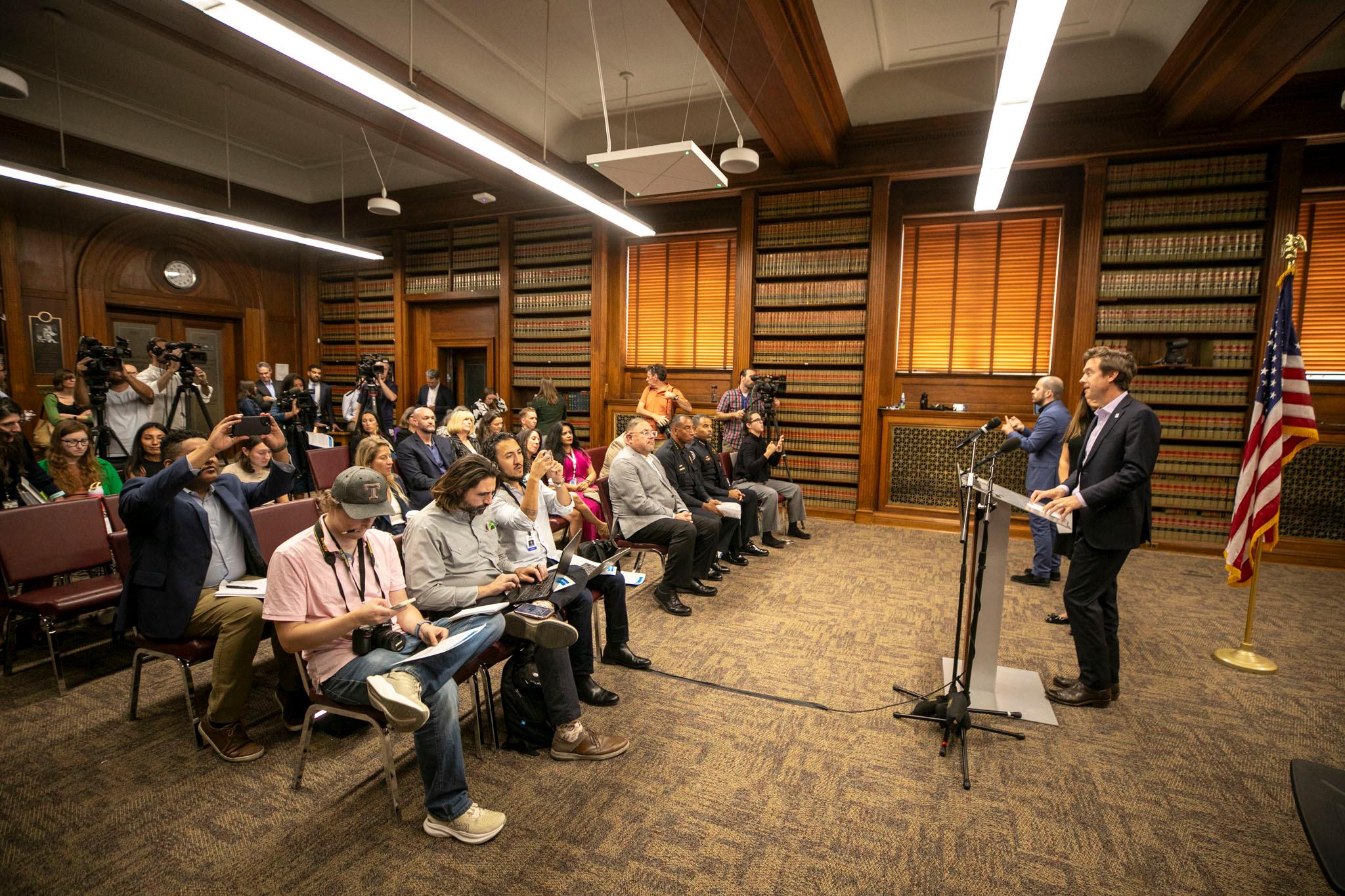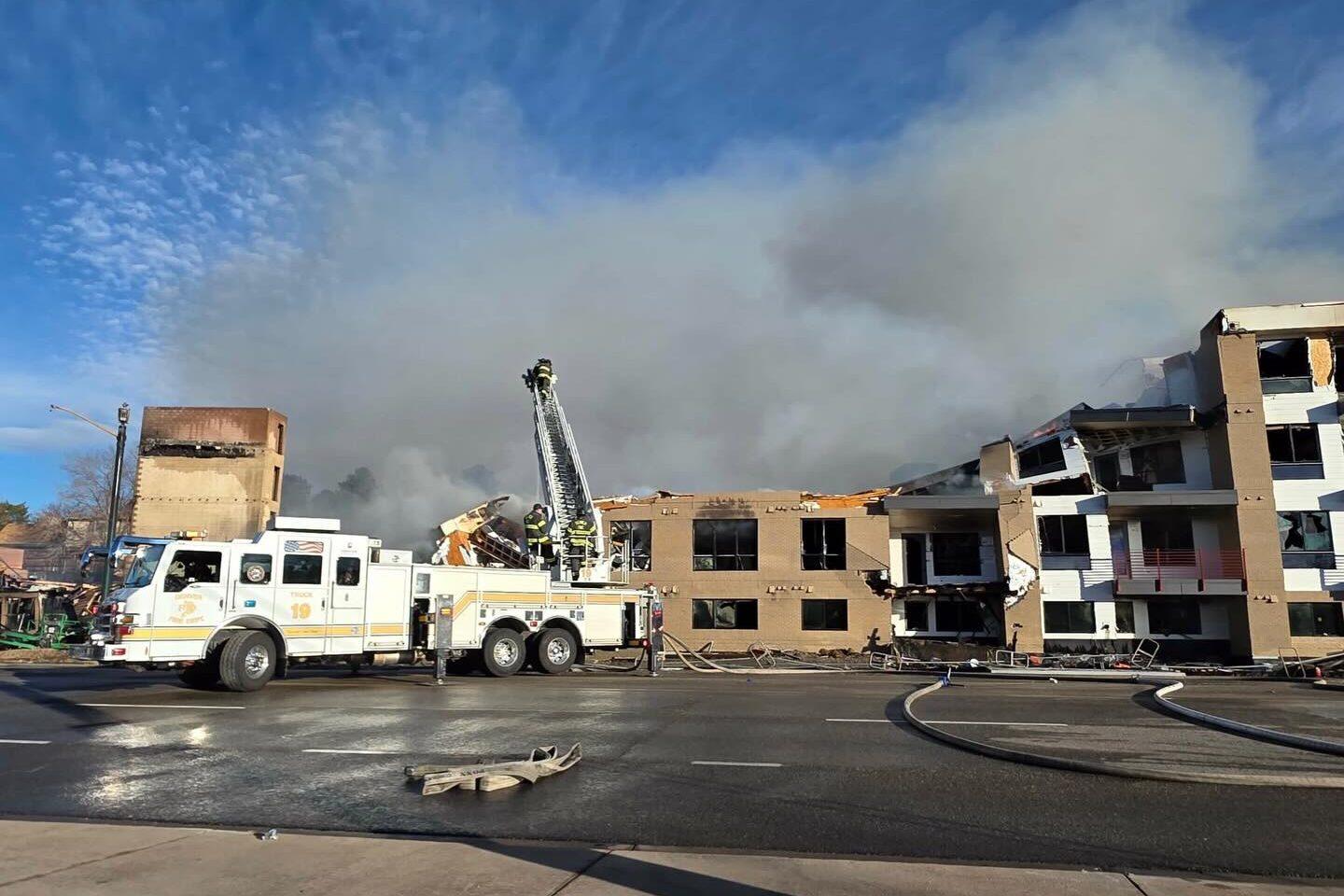The city of Denver has had a simple message about its $950 million infrastructure proposal: It won’t raise taxes.
And that’s true. If voters approve the Vibrant Denver package this November, the city’s property taxes wouldn’t change a bit.
That’s because the city can afford to pay for the proposed debt service with its existing property tax revenues.
But what exactly would happen if voters said “no” to the new spending? Could taxes be lowered instead? Or maybe the money could be spent elsewhere?
These are questions we’ve heard a few times, especially since the city is pushing the bond proposal at the same time it’s facing a $250 million budget crisis.
To answer, you have to start with the taxes that would pay for the new debt.
Over the years, Denver voters have approved 6.5 mills of property taxes that can be used to pay off general obligation bonds — the kind of long-term debt that is included in Vibrant Denver.
Those 6.5 mills add about $200 to the annual property tax bill for a $500,000 home. In total, that’s more than $150 million per year of revenue for the city at present.
That money is fully occupied right now with paying off the debt for earlier bond packages, including the “RISE Denver” and “Elevate Denver” packages. (Bond debt can take decades to repay.)
But starting in 2026, more and more of the money will be freed up. By 2031, if no further debt is approved, the city would have well over $75 million in unused property tax revenue.
- What are your questions about the bond and the city’s budget? Let us know.
But that money can’t be used for any other purpose besides paying off general obligation bonds, according to Laura Swartz, a spokesperson for the Department of Finance. And those bonds can only be approved by voters.
So, if voters decided to reject Vibrant Denver this November, the city would be left with money that couldn’t be transferred to any other cause, such as fixing the city’s budget crisis.
“The city is not legally able to use these 6.5 mills for anything other than general obligation debt, so no, they could not be transferred to the general fund or any other account. The voter-approved purpose of these mills is only for repaying bond infrastructure projects,” Swartz wrote in an email.
If voters rejected the bond, the city would instead use the money to pay down its existing debt faster, Swartz said. And, most likely, the city would try to convince voters to approve a different new bond proposal, since that’s the only allowable use of the money.
But what if voters kept refusing new debt?
Well, that might force a change, eventually. At some point, Swartz said, the city would have to consider lowering property taxes instead of just collecting money it can’t use.
“If voters never approve another bond, in several years once all existing debt has been repaid, the city would look at adjusting the mill levy. This would need to be approved by Denver City Council,” Swartz wrote.
(In Colorado, elected officials can lower taxes, but they generally can’t raise them without permission from voters.)
It seems unlikely that voters would actually go on a long-term debt strike. Denver voters approved debt packages in 1989, 1990, 1998, 1999, 2002, 2003, 2005, 2007, 2017 and 2021, to name a few — although they did shoot down former Mayor Michael Hancock's proposal for a new arena.
Voters in other municipalities have been more skeptical of government spending. In Colorado Springs, a proposal to put $350 million into school facilities failed by just 11 votes back in 2021. In Cañon City, voters turned down funding for a new municipal pool last year.
Still, Swartz warned that rejecting all future bond measures would have significant consequences for Denver.
“This question assumes the city would abandon its consistent approach of using bond funding for large infrastructure projects, which would mean a drastic decrease in the maintenance and upkeep of public infrastructure,” she wrote.
“It’s theoretical but it is not practical, and we could not in good conscience recommend this. Without bonds, the city’s annual capital budget would not be enough to provide and maintain roads, bridges, parks, playgrounds, recreation centers, trails, libraries, and arts and cultural institutions for Denver residents.”











